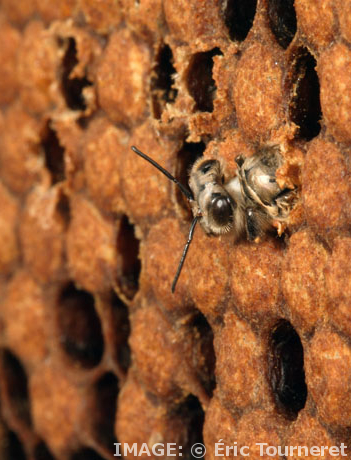Study abuzz with sweet possibilities
 The world needs new antibacterial agents, and Australian honey could be the key.
The world needs new antibacterial agents, and Australian honey could be the key.
Researchers say Australian manuka honey is at least as powerful against bacteria as the better-known New Zealand variety.
“These findings put Australian manuka honey on the international radar at a time when antibiotic resistance is recognised as a global crisis,” says University of Technology Sydney’s Dr Nural Cokcetin.
Samples of local flowering manuka (Leptospermum) trees have found the nectar-derived chemical that gives NZ manuka honey its unique antibacterial properties also exists in Australian varieties.
It also showed the antibacterial properties of honey remain unchanged over several years, if it is stored appropriately.
Honey gains different flavours and medicinal properties from the flowers bees visit for nectar. Manuka honey is special because it has an exceptionally high level of stable antibacterial ability from a naturally occurring compound in the nectar of manuka flowers.
“It’s the ingredient we know acts against golden staph and other superbugs resistant to current antibiotics,” Dr Cokcetin says.
“Our study provides the proof for what we’ve long assumed – that this compound, methylglyoxal (MGO), is present in high levels in Australian manuka honeys.
“We’ve also shown that the activity of Australian manuka honeys has remained unchanged over seven years from harvest, which has huge implications for extending the shelf life of medicinal honey products.”
The findings should be welcome news for Australian beekeepers, who could expand the lucrative medicinal honey market, and clinicians seeking treatments for resistant skin infections, chronic and acute wounds.
The growing global crisis of antibiotic resistance has revived interest in the clinical use of honey, and New Zealand is currently the leading source of medicinal honey. However, the country grows only one Leptospermum species, and its honey bee population is threatened by the parasitic varroa mite.
Australia is home to 83 of the 87 known Leptospermum species and is still free of the varroa mite, unlike the rest of the beekeeping world.
The findings have been published in PLOS ONE.







 Print
Print